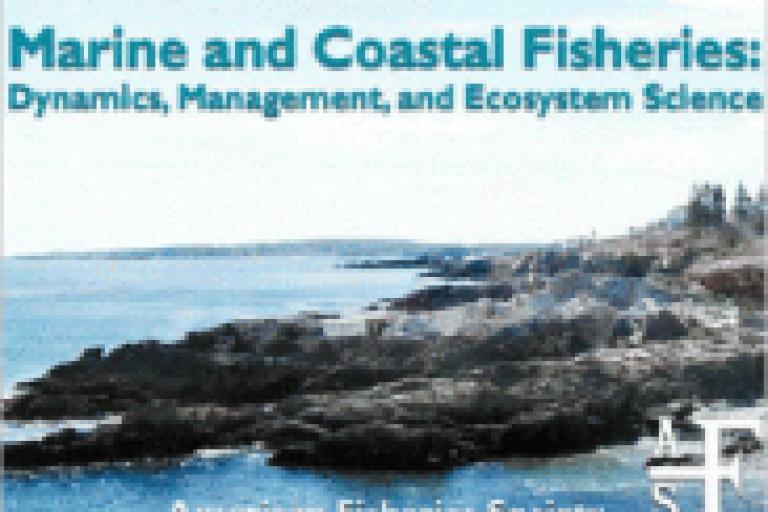

Relationships between Larval and Juvenile Abundance of Winter-Spawned Fishes in North Carolina, USA

The authors analyzed the relationships between the larval and juvenile abundances of selected estuarine-dependent fishes that spawn during the winter in continental shelf waters of the U.S. Atlantic coast. Cross-correlation analysis was used to examine the relationships between the larval and juvenile abundances within species. Tests of synchrony across species were used to find similarities in recruitment dynamics for species with similar winter shelf-spawning life-history strategies. Positive correlations were found between the larval and juvenile abundances for three of the six selected species (spot, pinfish, and southern flounder). These three species have similar geographic ranges that primarily lie south of Cape Hatteras. There were no significant correlations between the larval and juvenile abundances for the other three species (summer flounder, Atlantic croaker, and Atlantic menhaden); the authors suggest several factors that could account for the lack of a relationship. Synchrony was found among the three southern species within both the larval and juvenile abundance time series. These results provide support for using larval ingress measures as indices of abundance for these and other species with similar geographic ranges and winter shelf-spawning life-history strategies.
| Files | Description | Format | |
|---|---|---|---|
| Relationships between Larval and Juvenile Abundance of Winter-Spawned Fishes in North Carolina, USA | Download | ||

